5 Key Ways Ceramic Particle Size Affects Insulation Performance
As a materials scientist with over a decade of experience in researching and developing advanced insulation materials, I’m well-versed in the nuanced relationships between material properties and insulation performance. Ceramic particle size1 is a critical factor that significantly impacts how well an insulation material performs in various applications. This article breaks down the five key ways particle size affects insulation, ranked by their impact on overall performance.
The relationship between ceramic particle size and insulation performance is complex and multifaceted. Optimizing particle size is crucial for achieving the desired thermal, structural, and functional properties in insulation materials. Let’s dive into a ranked table outlining these effects:
| Rank | Factor | Description | Impact on Performance | Particle Size Influence | Examples |
|---|---|---|---|---|---|
| 1 | Thermal Conductivity2 | Ability to conduct heat through the material. Lower thermal conductivity is desired for insulation. | Most Significant: Smaller particles reduce thermal conductivity by creating a more compact structure, smaller pores, and increased phonon scattering. | Smaller particles generally lead to lower thermal conductivity. Nano-sized particles are particularly effective. | Aerogels with nano-sized ceramics (0.01-0.02 W/m·K) vs. traditional ceramics (0.1-0.5 W/m·K). |
| 2 | Porosity and Density3 | The amount of void space within the material and how tightly packed the material is. | High Impact: Smaller particles can pack more tightly, reducing pore size and increasing density, which enhances insulation by minimizing air movement. Optimal particle size balances low density with effective insulation. | Smaller particles generally increase density and can reduce pore size. Controlled particle sizes optimize porosity. | Ceramic foams with 1-10 µm particles achieving 80-90% porosity. |
| 3 | Mechanical Strength4 and Structural Integrity | The material’s ability to withstand physical stress and maintain its form. | Significant Impact: Larger particles tend to improve mechanical strength, but can compromise insulation performance. Smaller particles enhance insulation but might reduce durability. | Larger particles increase strength; smaller particles reduce strength but allow lighter, more porous structures. | High-strength ceramics with 50-100 µm particles; lightweight insulation with 1-5 µm particles. |
| 4 | Radiation Heat Transfer5 | The ability of the material to reflect or absorb radiative heat. | Moderate Impact: Smaller particles scatter infrared radiation more effectively, reducing radiative heat transfer, especially at high temperatures. | Smaller particles increase scattering due to higher surface area. | Furnace linings with nano- or micro-sized ceramic particles (<1 µm) reducing heat loss by up to 30% compared to >50 µm. |
| 5 | Processing and Manufacturing Consistency6 | The ease with which the material can be produced with uniform properties. | Least Significant: Smaller particles are harder to disperse uniformly, leading to inconsistent insulation performance. Larger particles may result in uneven pore distribution. | Optimal particle size distributions (e.g., 1-50 µm) ensure consistent properties. | Balancing manufacturability with performance through mixed particle sizes. |
-
Thermal Conductivity (Most Significant)
Reducing thermal conductivity is paramount for effective insulation. Smaller ceramic particles generally lead to lower thermal conductivity, thus improving insulation. Here’s why:
- Compact Structure: Fine particles create a denser structure with smaller pores, inhibiting heat transfer via conduction and convection.
- Phonon Scattering: Smaller particles increase the number of particle boundaries, which scatter phonons (heat-carrying vibrations), reducing thermal energy transfer.
- Enhanced Performance: Nano-sized ceramic particles in aerogels can achieve exceptionally low thermal conductivities (0.01–0.02 W/m·K), far superior to traditional ceramic insulation with larger particles (0.1–0.5 W/m·K).
-
Porosity and Density
Particle size directly influences a material’s porosity and density, both critical for insulation.
- Tighter Packing: Smaller particles can pack more tightly, reducing pore size and increasing material density.
- Minimized Air Movement: Enhanced density minimizes air movement within pores, which improves insulation.
- Optimal Balance: Excessively small particles can reduce porosity too much, increasing thermal conduction. Micrometer-sized particles (1–10 µm) often provide the optimal balance.
- High-Performance Foams: Ceramic foams with controlled particle sizes (1–10 µm) can achieve porosity levels of 80–90%, maximizing thermal resistance.
-
Mechanical Strength and Structural Integrity
Mechanical strength is another vital factor, influenced by ceramic particle size.
- Stronger Networks: Larger particles tend to improve mechanical strength by forming robust interlocking networks. However, this can increase density and thermal conductivity, which negatively affects insulation.
- Lighter Structures: Smaller particles allow for lighter, more porous structures, which enhance insulation but may reduce durability.
- Application-Specific Trade-offs: High-strength ceramics with larger particles (50–100 µm) are used in structural insulation, while finer particles (1–5 µm) are preferred for lightweight, high-performance insulation.
-
Radiation Heat Transfer
How an insulation material handles radiative heat transfer, especially at high temperatures, is crucial.
- Effective Scattering: Smaller particles scatter infrared radiation more effectively due to their higher surface area and increased particle boundaries.
- Reduced Heat Transfer: This effective scattering reduces radiative heat transfer, vital in high-temperature applications like furnace linings.
- Significant Reduction: Nano- or micro-sized ceramic particles (<1 µm) can lower radiative heat loss by up to 30% compared to larger particles (>50 µm).
-
Processing and Manufacturing Consistency (Least Significant)
While less significant than the other factors, particle size impacts the ease of processing and maintaining uniformity during manufacturing.
- Dispersion Challenges: Smaller particles are harder to disperse uniformly, leading to inconsistent insulation performance due to agglomeration.
- Handling Issues: Larger particles are easier to handle but may result in uneven pore distribution, reducing insulation efficiency.
- Optimal Distributions: Optimal particle size distributions (e.g., a mix of 1–50 µm particles) ensure consistent material properties, balancing manufacturability with performance.
In conclusion, ceramic particle size is a critical parameter in determining the effectiveness of insulation materials. By carefully controlling particle size, we can optimize thermal conductivity, porosity, mechanical strength, radiation heat transfer, and manufacturing consistency to create high-performance insulation for a wide range of applications.
-
Understanding this relationship is key to optimizing insulation materials for better performance. ↩
-
Explore how thermal conductivity influences insulation effectiveness and material selection. ↩
-
Learn how these factors contribute to the overall effectiveness of insulation materials. ↩
-
Discover the balance between strength and insulation performance in material design. ↩
-
Understanding this can help in selecting materials for high-temperature applications. ↩
-
Explore how consistency affects the performance and reliability of insulation. ↩
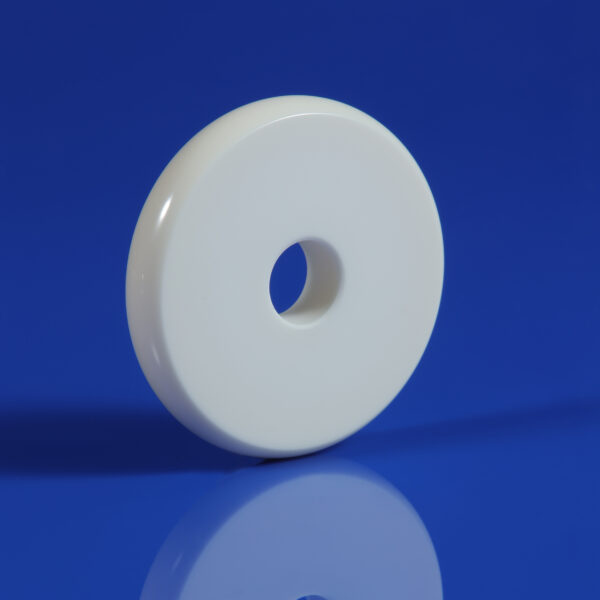

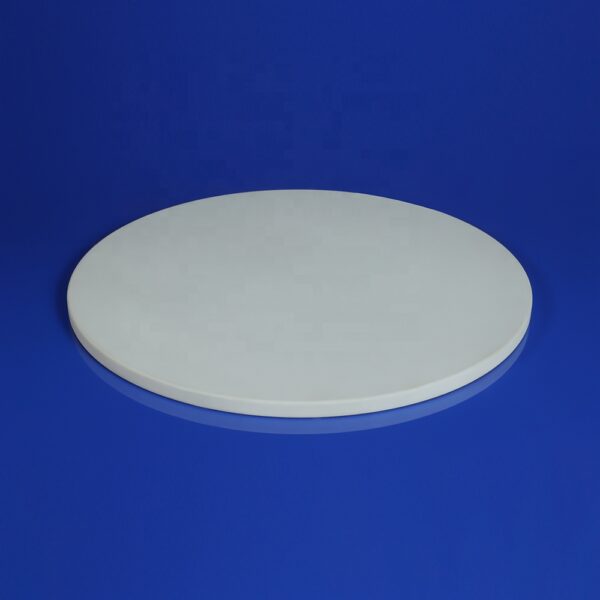
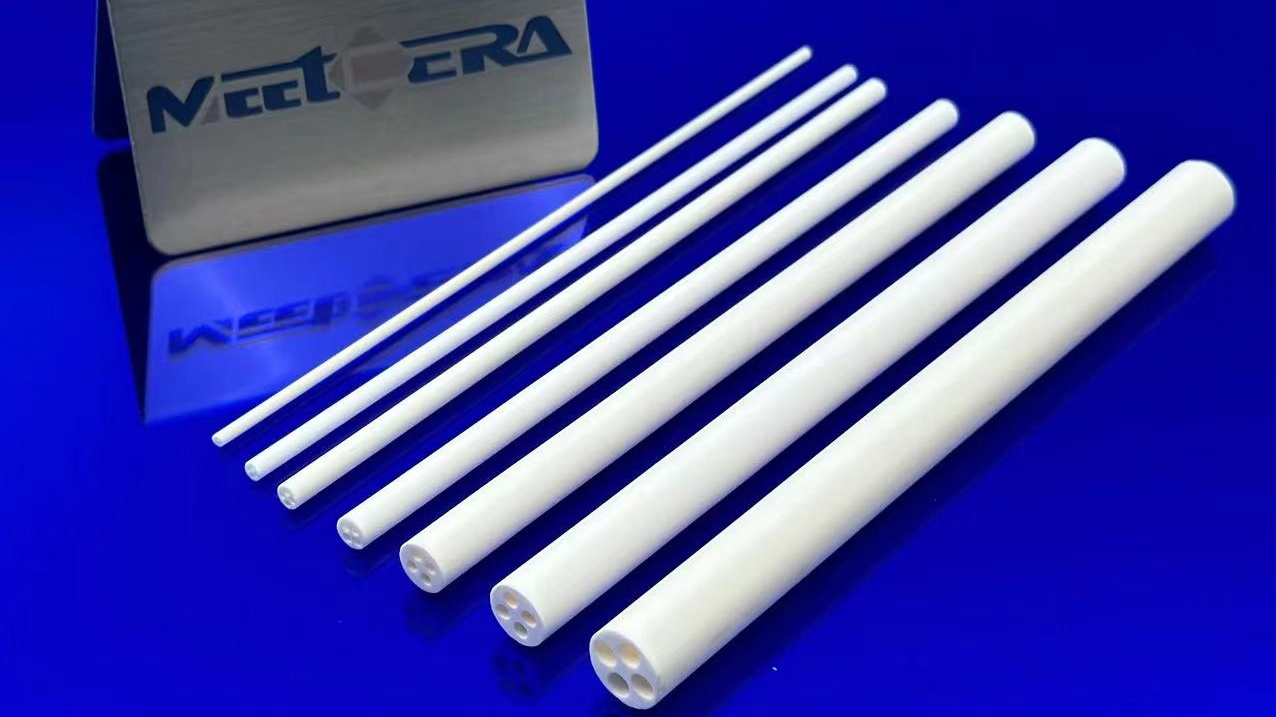
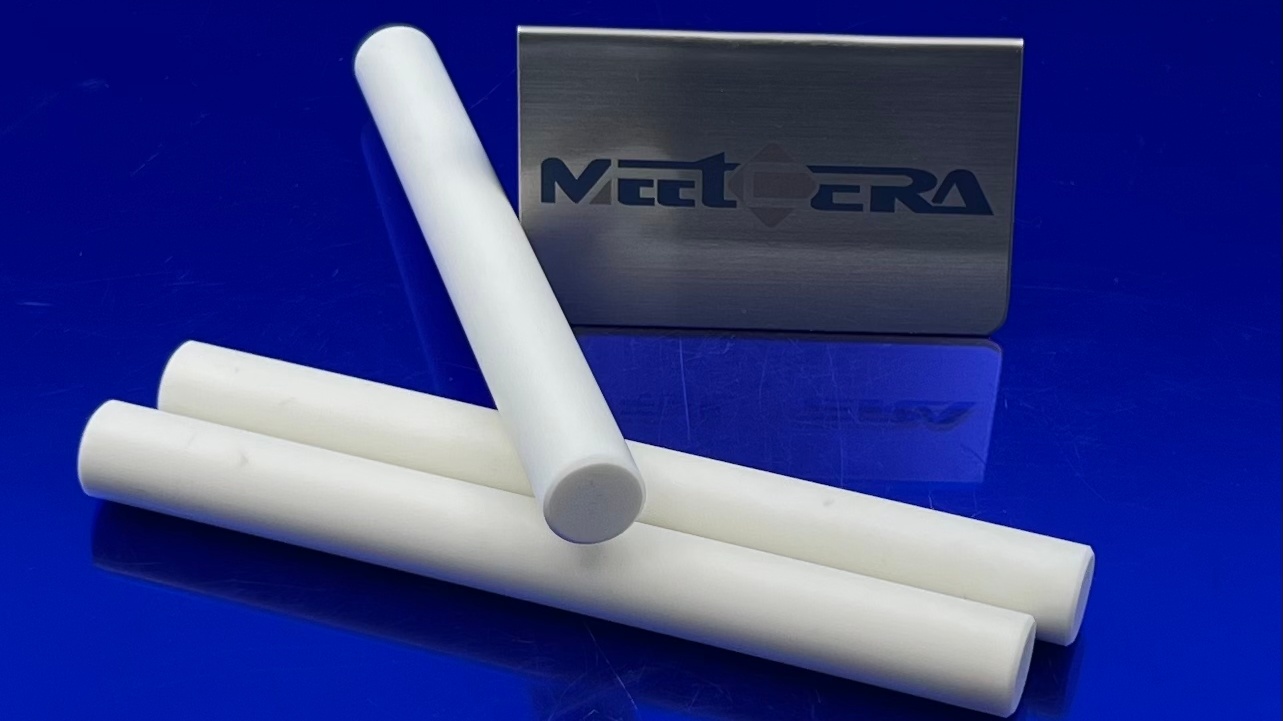
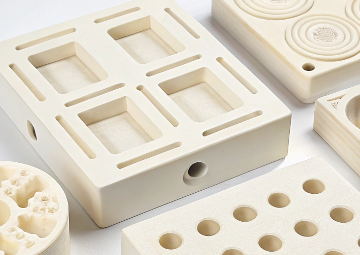
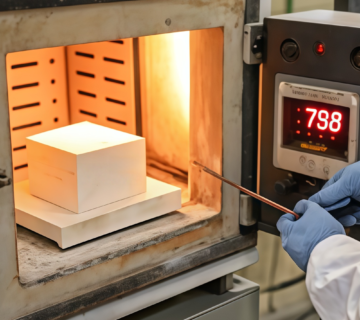

No comment